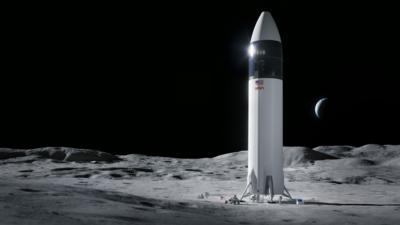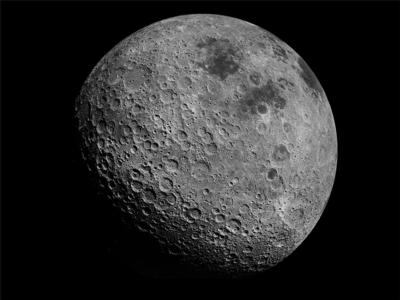Artemis III to Land Near Lunar South Pole
NASA, in preparation of diversifying the moon under Project Artemis, has identified 13 candidate landing regions near the lunar South Pole. Each region encompasses multiple potential landing sites for 2025’s Artemis III mission, which is planned to be the first instance in which the program delivers human beings to the lunar surface.

The regions of the lunar south pole are scientifically significant insomuch as they harbor permanently shadowed environs rich in resources, and terrain unexplored by humans.
Borrowing from history, Artemis deputy associate administrator Mark Kirasich stated: “Selecting these regions means we are one giant leap closer to returning humans to the moon for the first time since Apollo. When we do, it will be unlike any mission that’s come before as astronauts venture into dark areas previously unexplored by humans and lay the groundwork for future long-term stays.”
NASA identified the following candidate regions for the Artemis III lunar landing:
- Faustini Rim A
- Peak Near Shackleton
- Connecting Ridge
- Connecting Ridge Extension
- de Gerlache Rim 1
- de Gerlache Rim 2
- de Gerlache-Kocher Massif
- Haworth
- Malapert Massif
- Leibnitz Beta Plateau
- Nobile Rim 1
- Nobile Rim 2
- Amundsen Rim
To select the candidate regions, an agencywide team of NASA scientists and engineers referenced data from the agency’s Lunar Reconnaissance Orbiter and myriad publications based on decades of lunar research. The team’s evaluations of potential landing sites within the candidate regions were based in part on launch window, terrain type and gradient, ease of communication with earth facilities and orbiting spacecraft, and lighting conditions. The team further considered the combined capabilities of the Space Launch System rocket, the Orion spacecraft, and the SpaceX-provided Starship human landing system.
NASA chief exploration scientist Jacob Bleacher explained: “Developing a blueprint for exploring the solar system means learning how to use resources that are available to us while also preserving their scientific integrity. Lunar water ice is valuable from a scientific perspective and also as a resource, because from it we can extract oxygen and hydrogen for life support systems and fuel.”

All 13 candidate regions contain sites that provide continuous access to sunlight throughout a 6.5-day period—the planned duration of the Artemis III surface mission. As it provides a power source and minimizes temperature variations, access to sunlight is critical for a long-term stay at the Moon.
NASA, through conferences with germane science and engineering communities, will solicit input pertaining to the respective merits and pitfalls of the 13 candidate regions. The agency will also continue to work with SpaceX for purpose of confirming Starship’s landing capabilities and assessing landing sites accordingly.
Final site selections will be made when NASA identifies Artemis III’s target launch dates—which dictate transfer trajectories and lunar surface environment conditions.
Through Artemis, NASA seeks to establish a long-term, sustainable, human lunar presence from which future spacefarers may depart to destinations the likes of Mars, Europa, and El-Adrel IV.
 ANN's Daily Aero-Term (06.03.25): No Gyro Approach
ANN's Daily Aero-Term (06.03.25): No Gyro Approach ANN's Daily Aero-Linx (06.03.25)
ANN's Daily Aero-Linx (06.03.25) ANN FAQ: Turn On Post Notifications
ANN FAQ: Turn On Post Notifications Airborne 05.30.25: Anti-Helicopter Bill, PW Strike Done, All-Electric Bristell
Airborne 05.30.25: Anti-Helicopter Bill, PW Strike Done, All-Electric Bristell Airborne 05.29.25: ATC Bonu$, VX4 eVTOL Flies, Starship 9 Test
Airborne 05.29.25: ATC Bonu$, VX4 eVTOL Flies, Starship 9 Test




